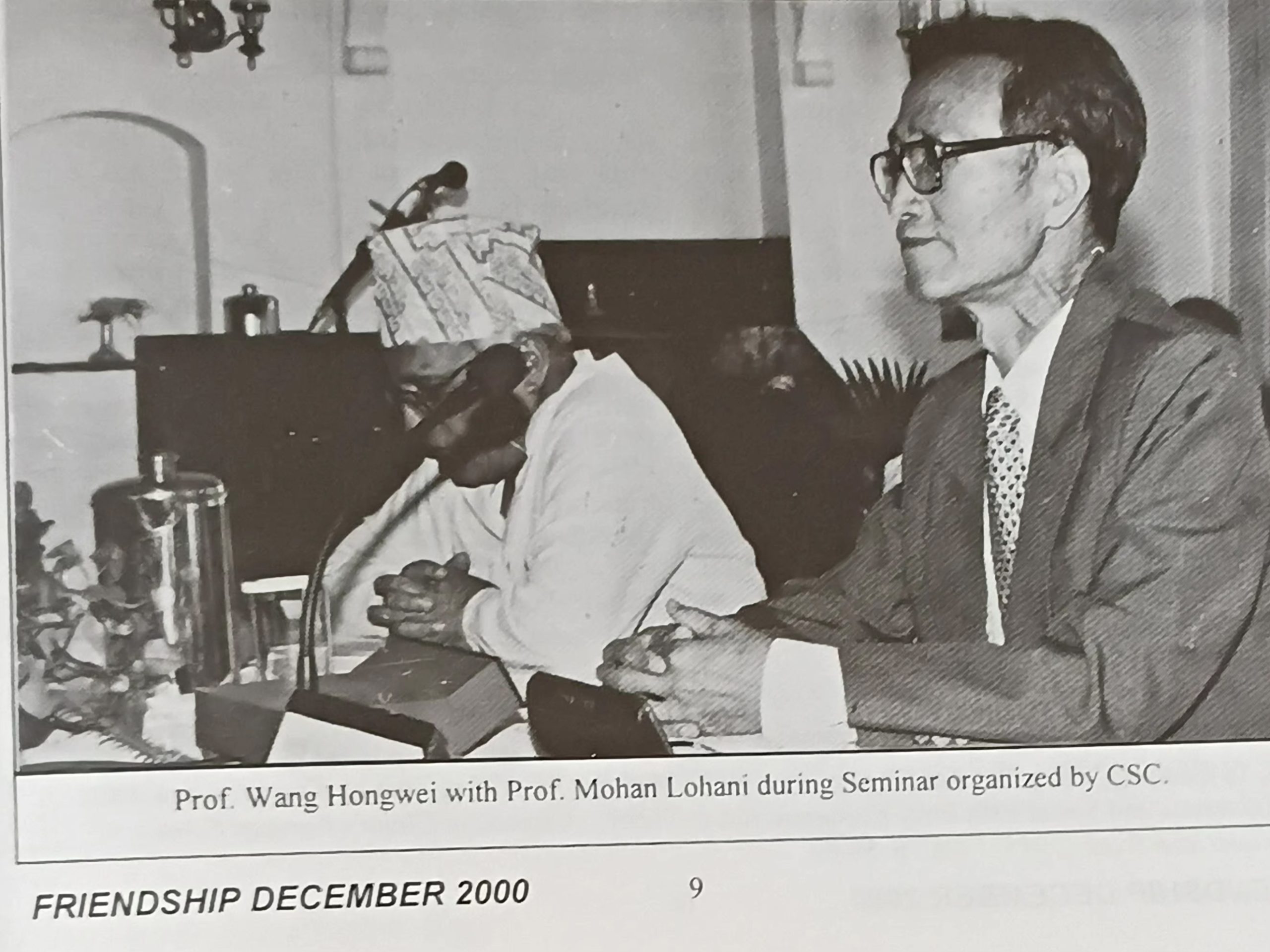
By Deepak Joshi Pokhrel
A recent report has revealed that one in every eight children in South Asia experiences sexual assault before turning 18. The findings come from the Into the Light Index on Global Child Sexual Exploitation and Abuse (ITL Index 2025), which examined both in-person and online abuse across Western Europe and South Asia. According to its 2024 report, South Asia was found to be the most affected region.
The report, which included representative survey data from India, Sri Lanka, and Nepal, found that 12.5 percent of children—14.5 percent of girls and 11.5 percent of boys—had experienced sexual assault, either in person or through technology-facilitated sexual exploitation, before the age of 18. In real terms, that translates to an estimated 54 million affected children across the region. The report also highlights systemic failures in protection, data collection, and response. More worrisome is the fact that these figures represent a conservative estimate; the true prevalence is likely much higher due to underreporting and data gaps. The study was published by Child light – the Global Child Safety Data Institute.
The findings come at a time when both state and non-state actors in Nepal are eager to promote the narrative that gender-based violence (GBV) is a thing of the past. One cannot help but wonder what motivates such claims when reality tells a completely different story. The following paragraphs attempt to answer that question.
Nepal, like much of the region, is a deeply patriarchal society. Social structures operate on the assumption that men hold superior power, while women are often seen in subordinate or objectified roles. Violence against women in Nepal is frequently normalized and, in some cases, even glorified as an ultimate expression of masculinity. In plain terms, patriarchy is deeply embedded in both the social fabric and the individual psyche. It is impossible to build a just society as long as this mindset persists.
Rigid social norms surrounding masculinity are among the primary causes of gender-based violence in Nepal. Deep-rooted ideas about what it means to “be a man” are formed early in boys’ lives, especially within families and peer groups. At the household level, boys are often discouraged from participating in domestic chores such as washing clothes or utensils—sending a message that such work is beneath them. Even when they do perform these tasks, society mocks and criticizes them. As these boys grow older, their aggression toward women or girls is often trivialized or even celebrated, reinforced through phrases like “boys will be boys.”
In adulthood, the use of violence by men remains a socially accepted way to assert masculinity. Research shows that childhood exposure to violence increases a person’s likelihood of either perpetrating or experiencing violence later in life—and men and boys remain the primary perpetrators. What’s worse, women are often blamed instead of the male aggressors, with mainstream media reinforcing these harmful stereotypes.
Social taboos and stigma continue to be major obstacles in addressing gender-based violence. Victims are often silenced by fear of retaliation or social backlash. In many cases, families prefer to mediate privately rather than pursue justice through formal channels, fearing the loss of social standing or reputation. Underreporting and poor data collection further exacerbate the problem, masking the true extent of gender-based violence in Nepal.
Over the years, Nepal has made significant progress in social, cultural, political, and economic spheres. Yet outdated and orthodox practices continue to persist in many parts of the country. For example, menstrual seclusion, which forces women and girls into cowsheds during menstruation, remains prevalent despite being outlawed. Similarly, the practice of indentured female servitude, though officially abolished, still exists covertly in some Western districts.
In addition to physical forms of abuse, technology-facilitated sexual violence has been on the rise. This includes online grooming, non-consensual sharing of sexual images, forced exposure to pornography, and live-streamed exploitation. Such crimes are increasingly difficult to detect as technology companies expand end-to-end encryption without implementing sufficient safety safeguards.
To combat gender-based violence, the government and various organizations have introduced numerous programs and initiatives over the decades. Yet, the persistence of this inhumane practice renders many of those efforts ineffective. The root cause is neither complex nor hidden—it lies within our social structures and collective mindset.
Gender equality is essential for national development. It is, in fact, a prerequisite for prosperity. Without eradicating gender-based violence, a just and democratic society will remain out of reach. This is a simple truth that every citizen—and every leader—must understand and act upon.














Comments:
Leave a Reply